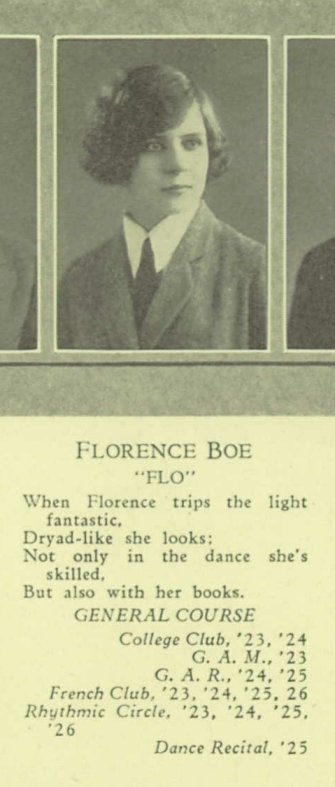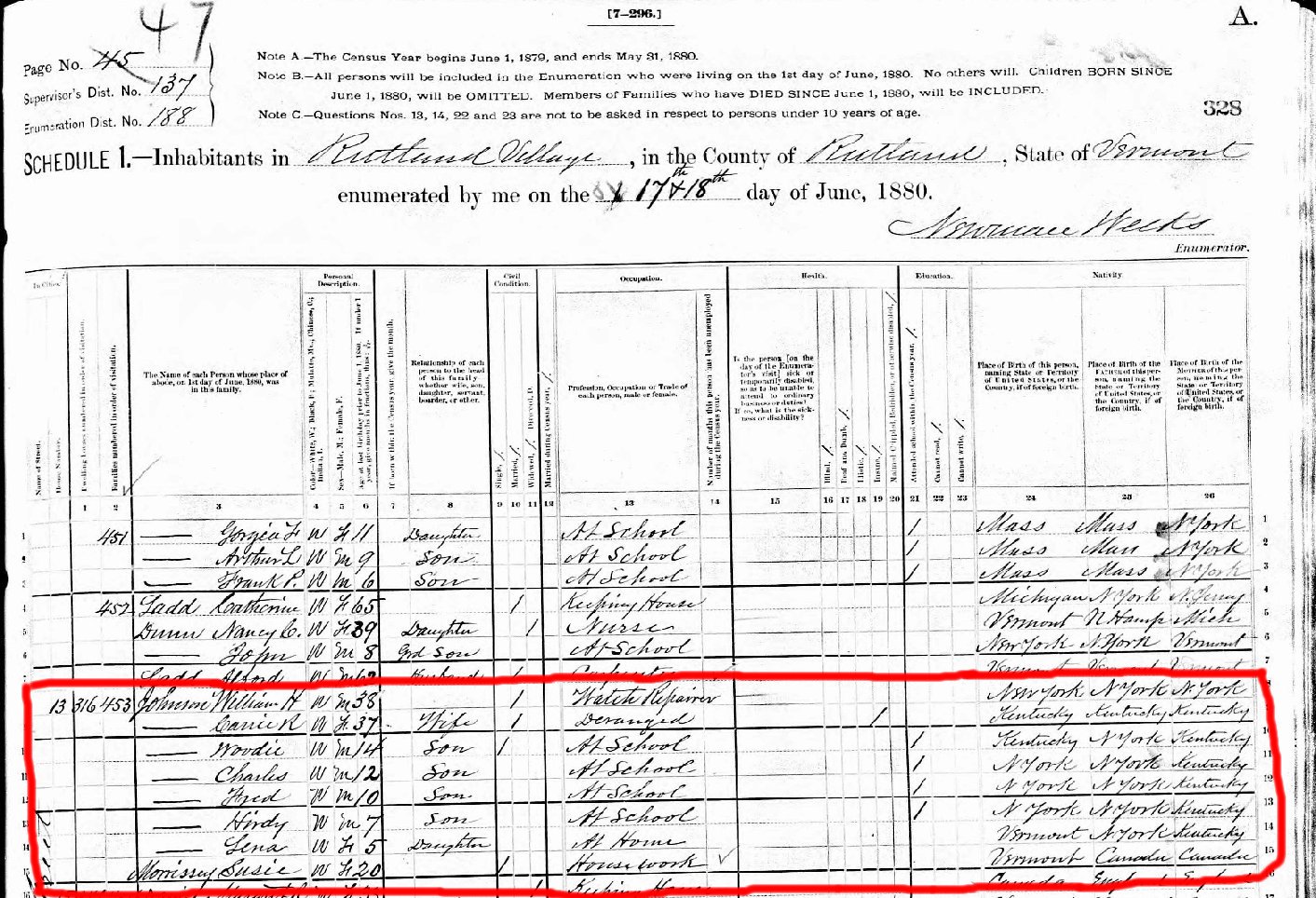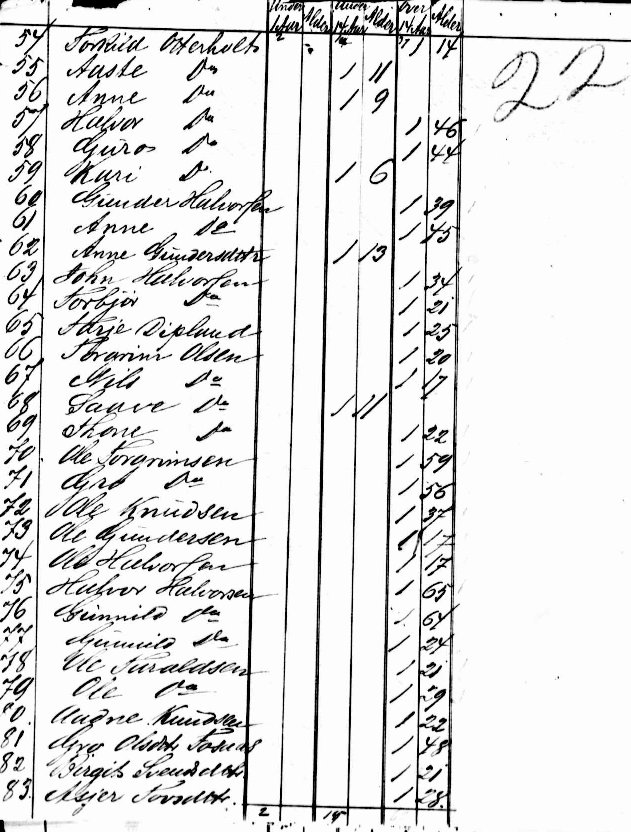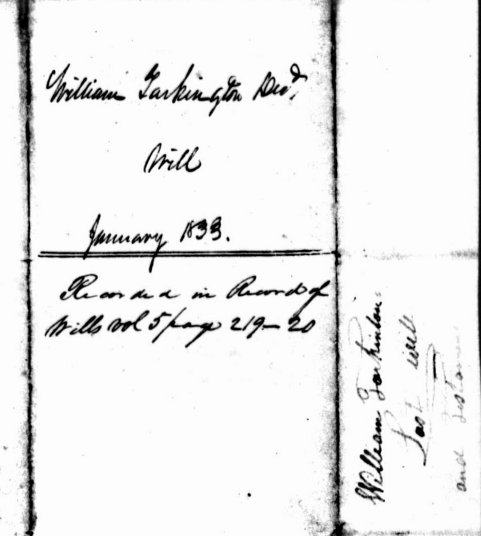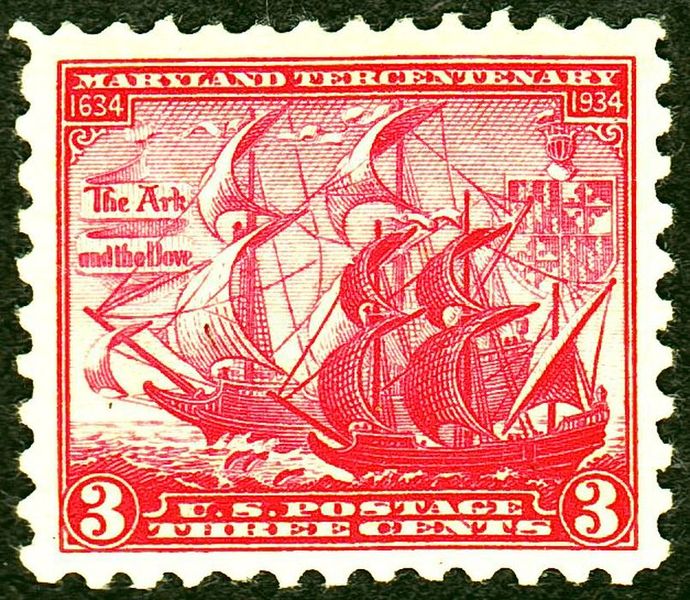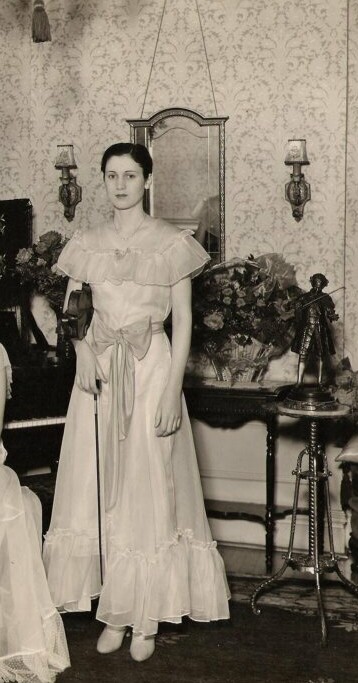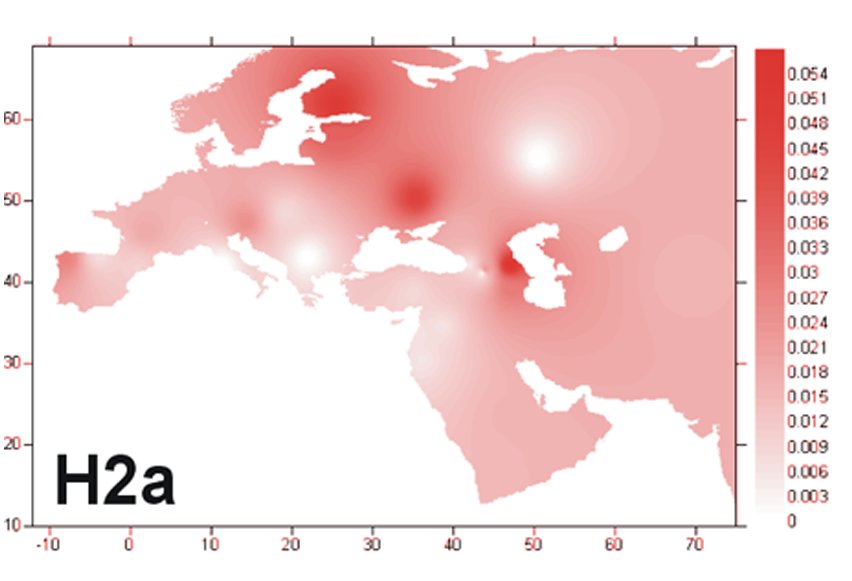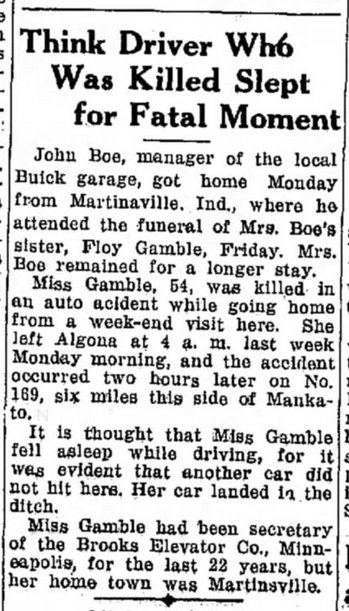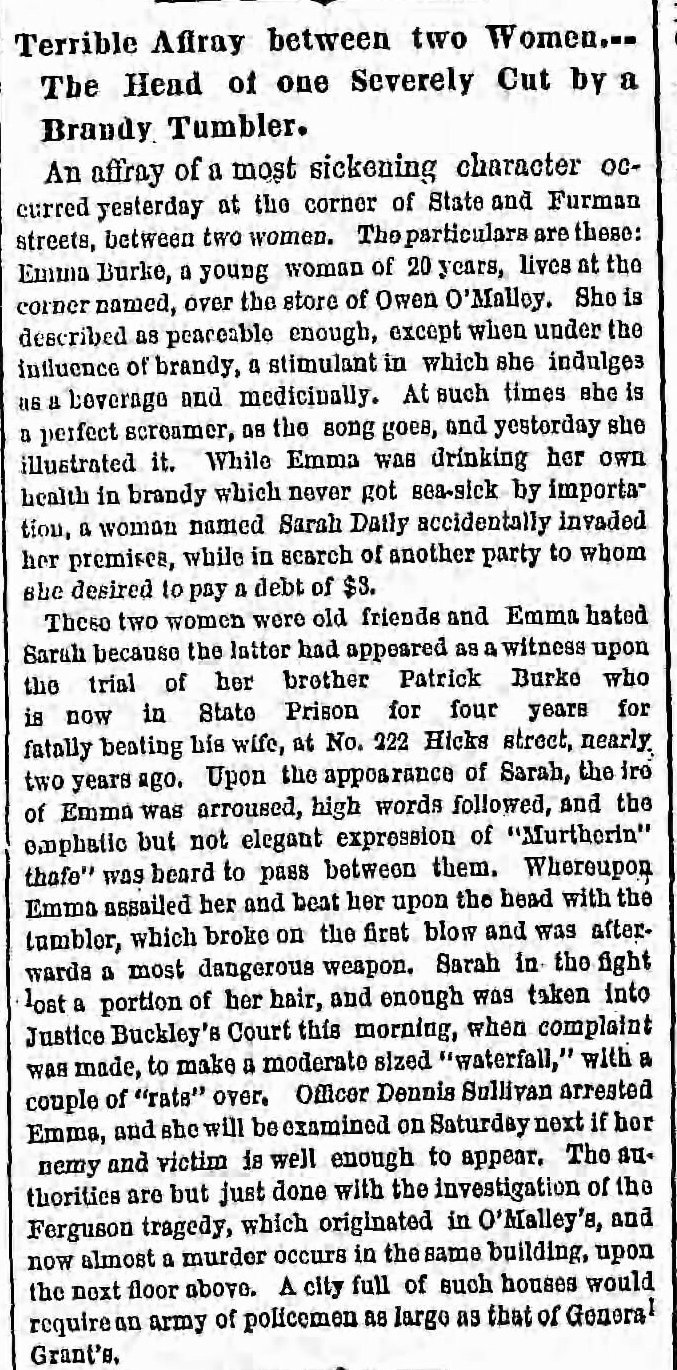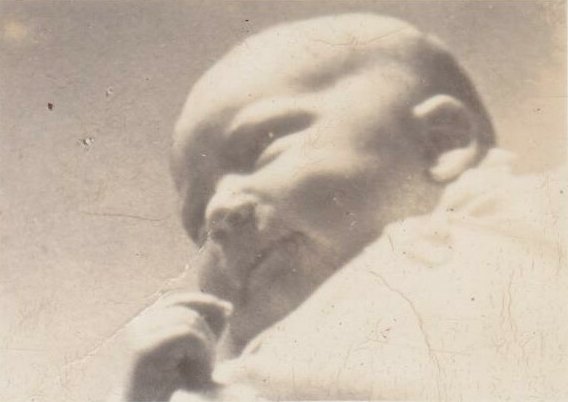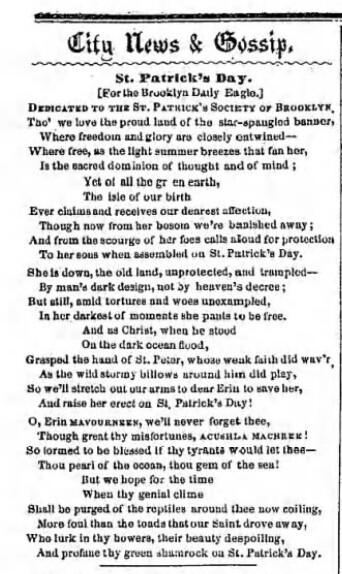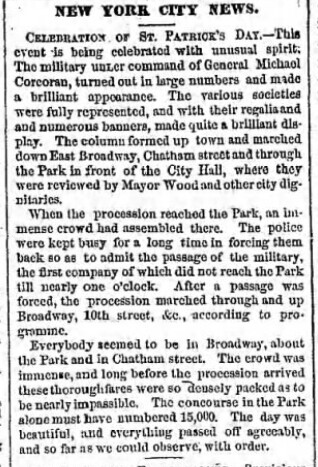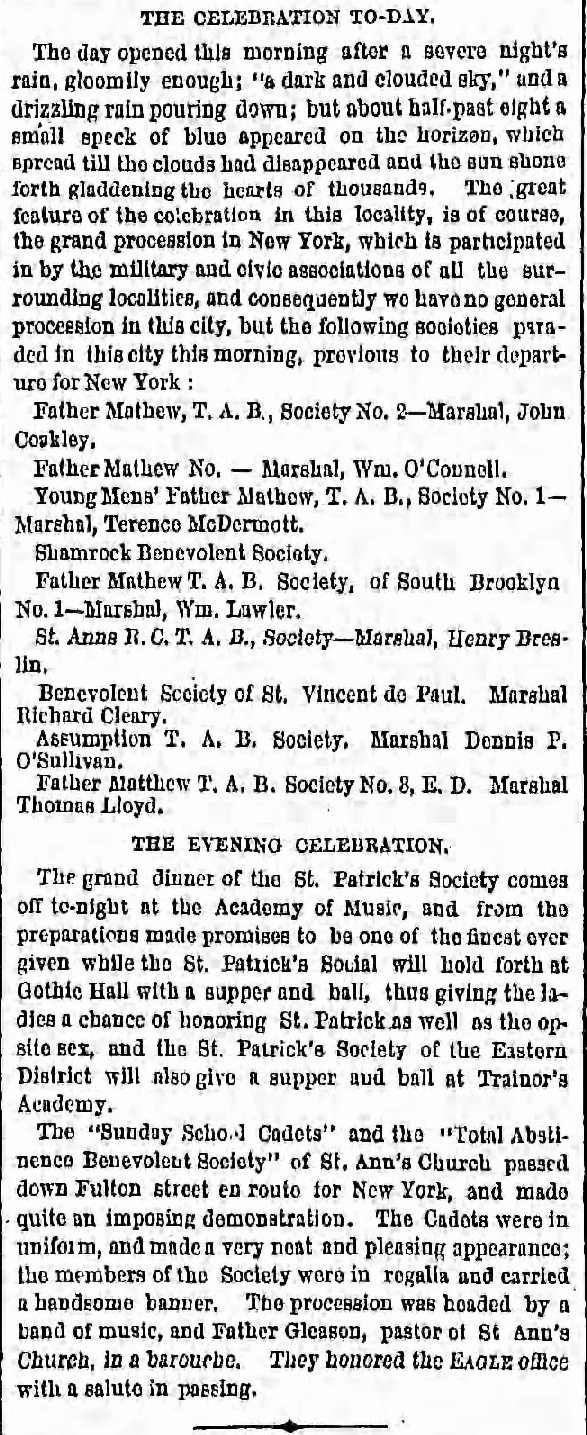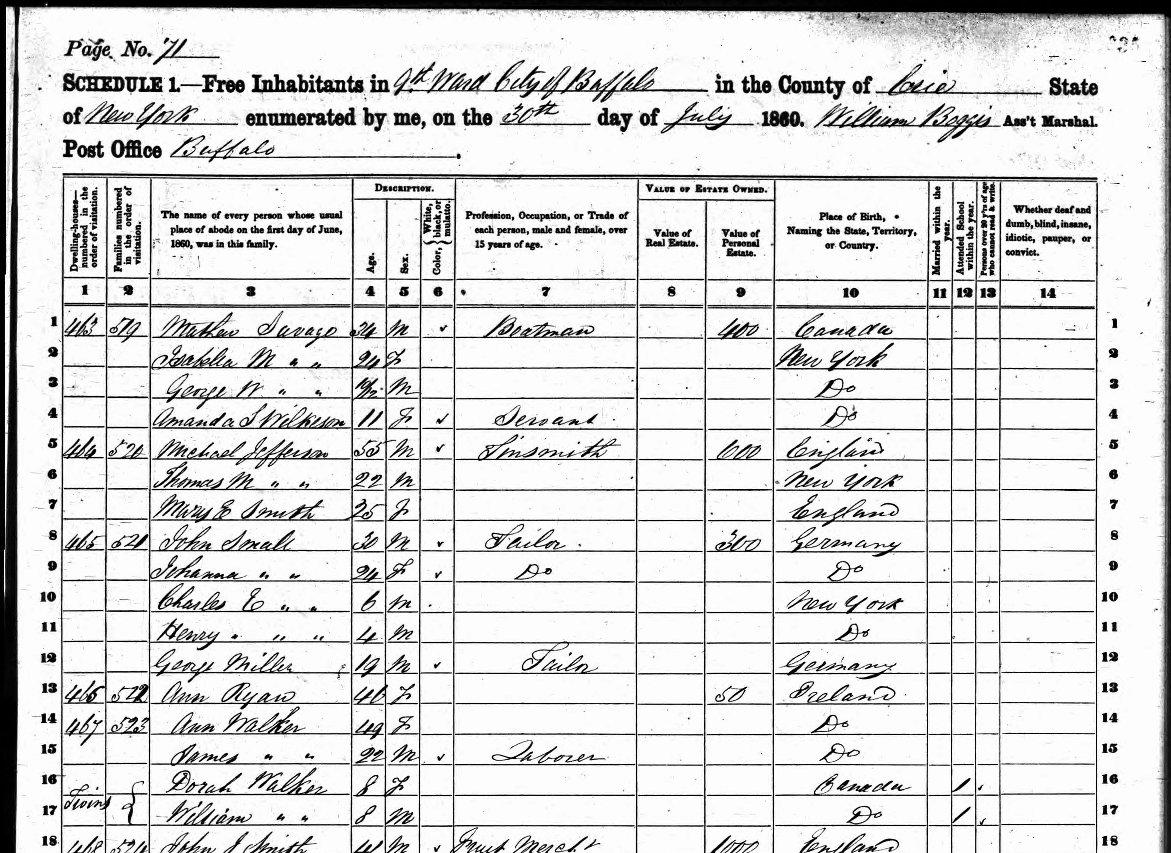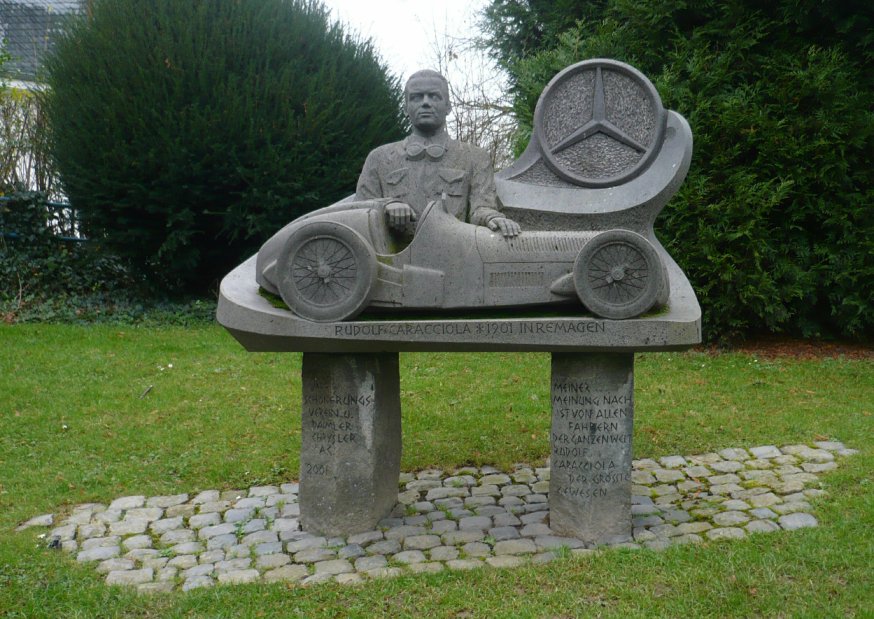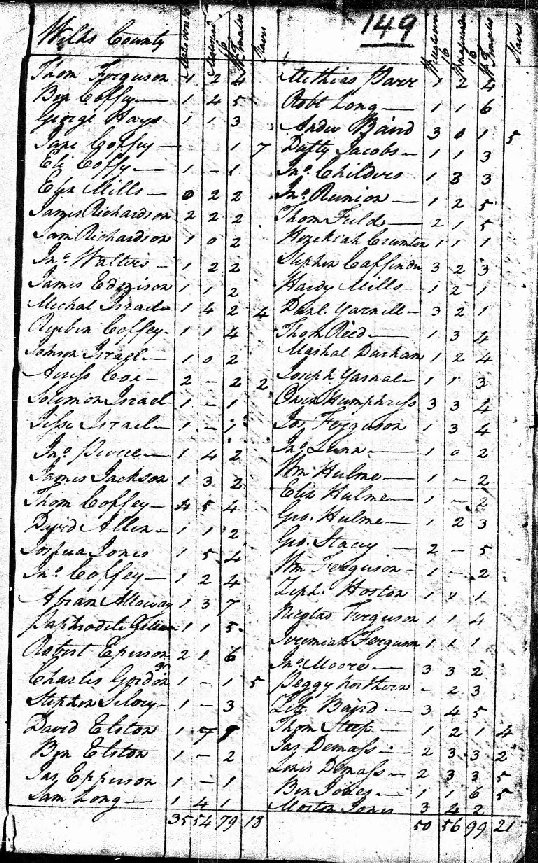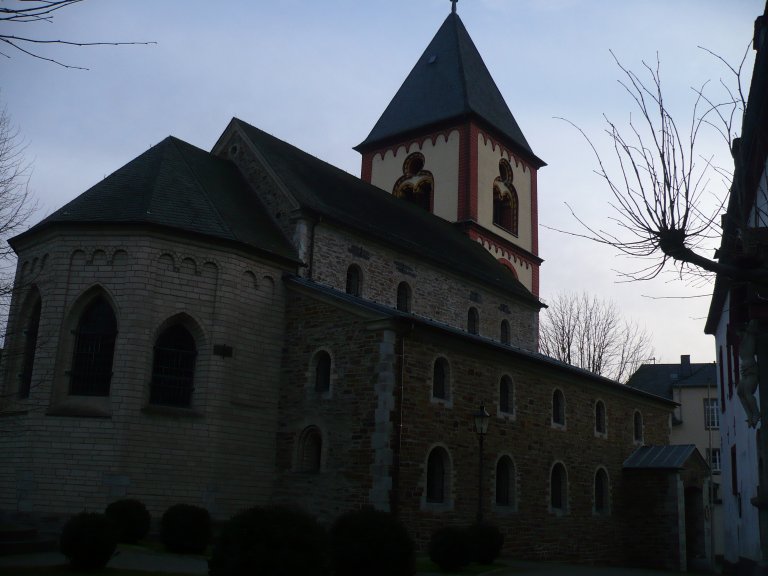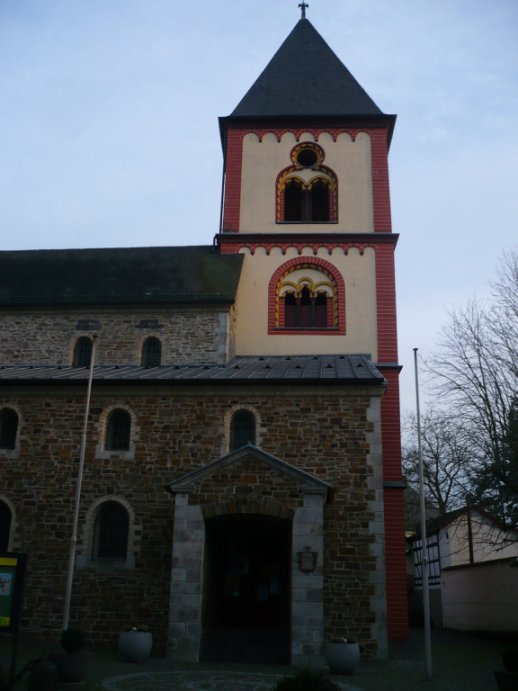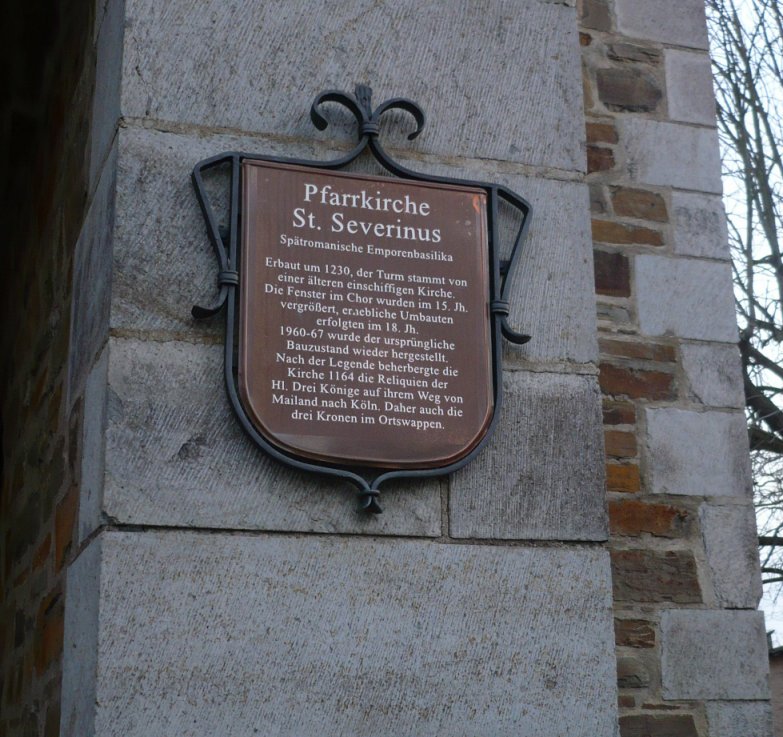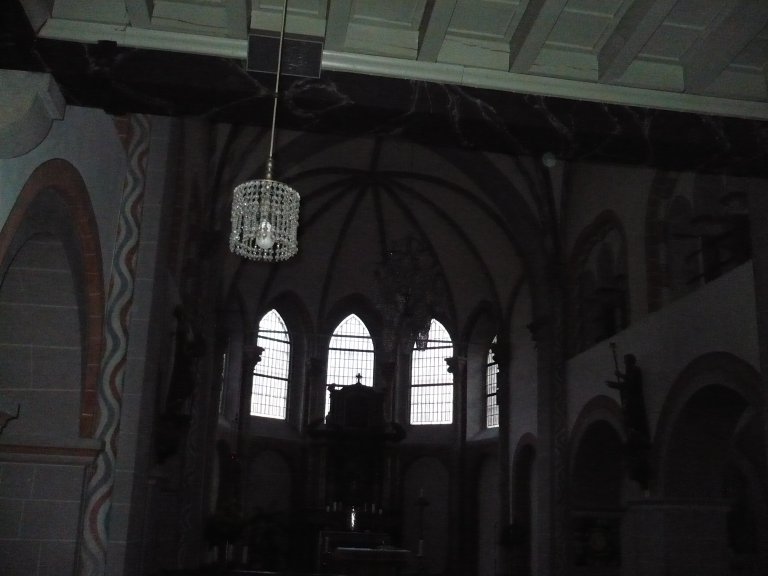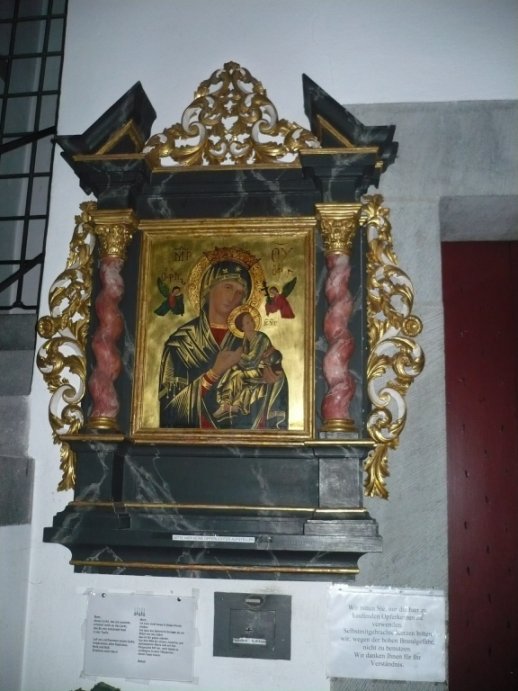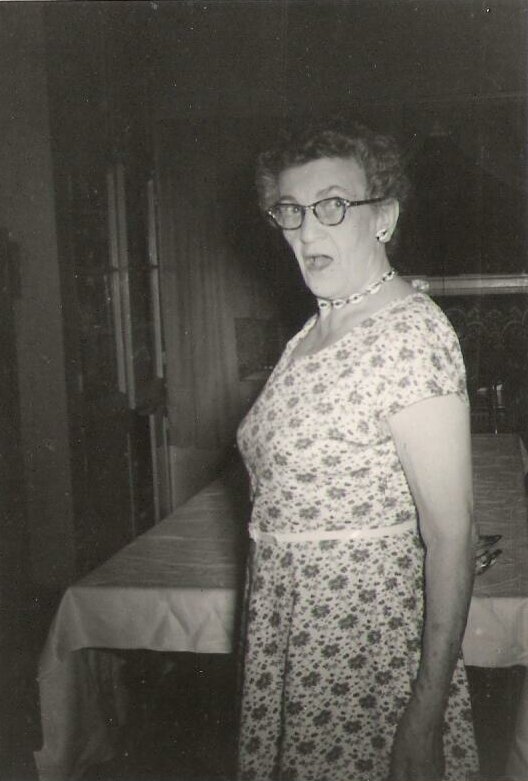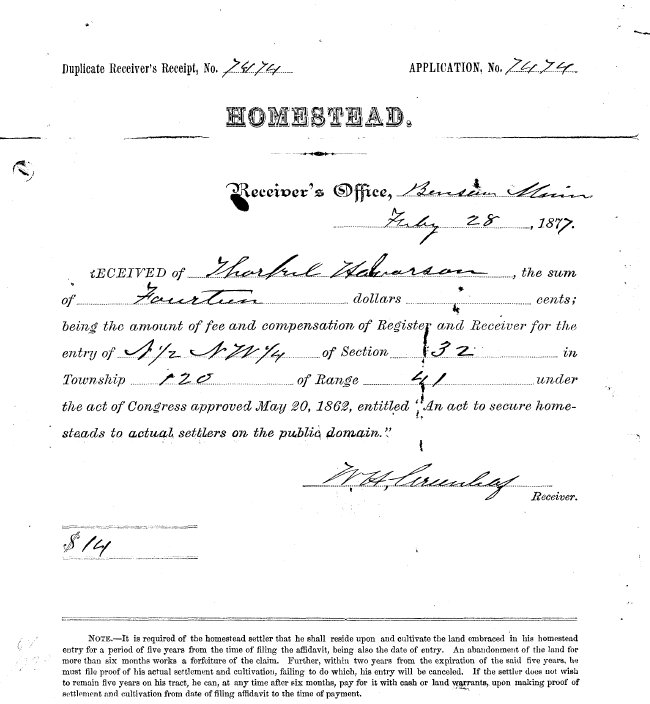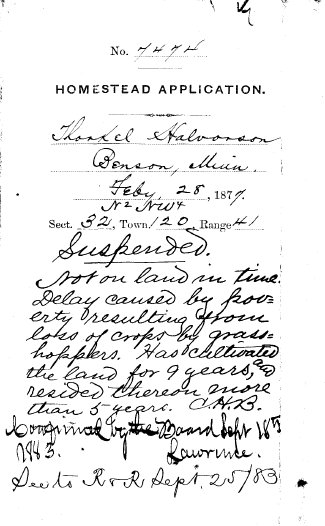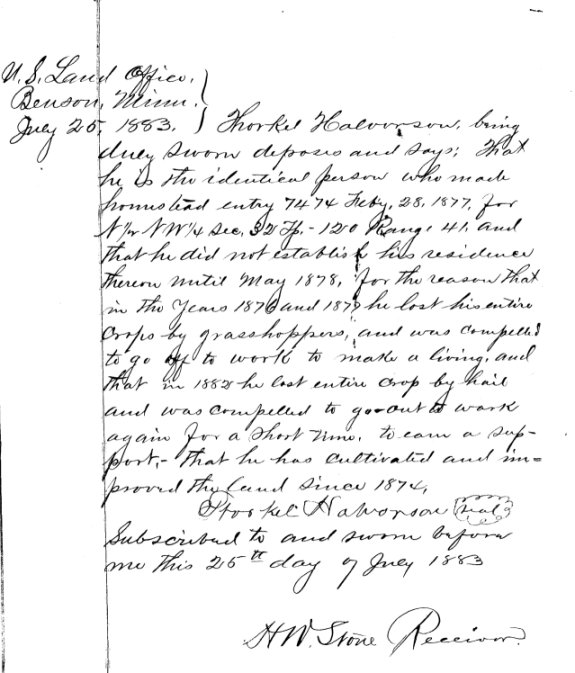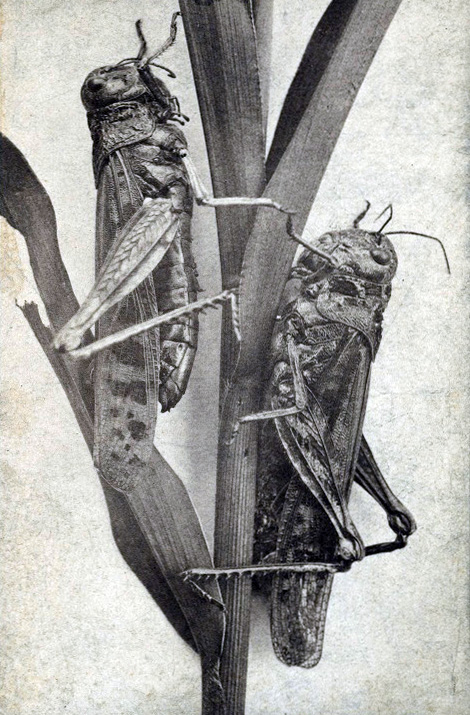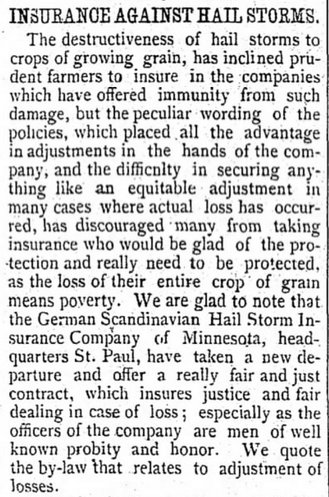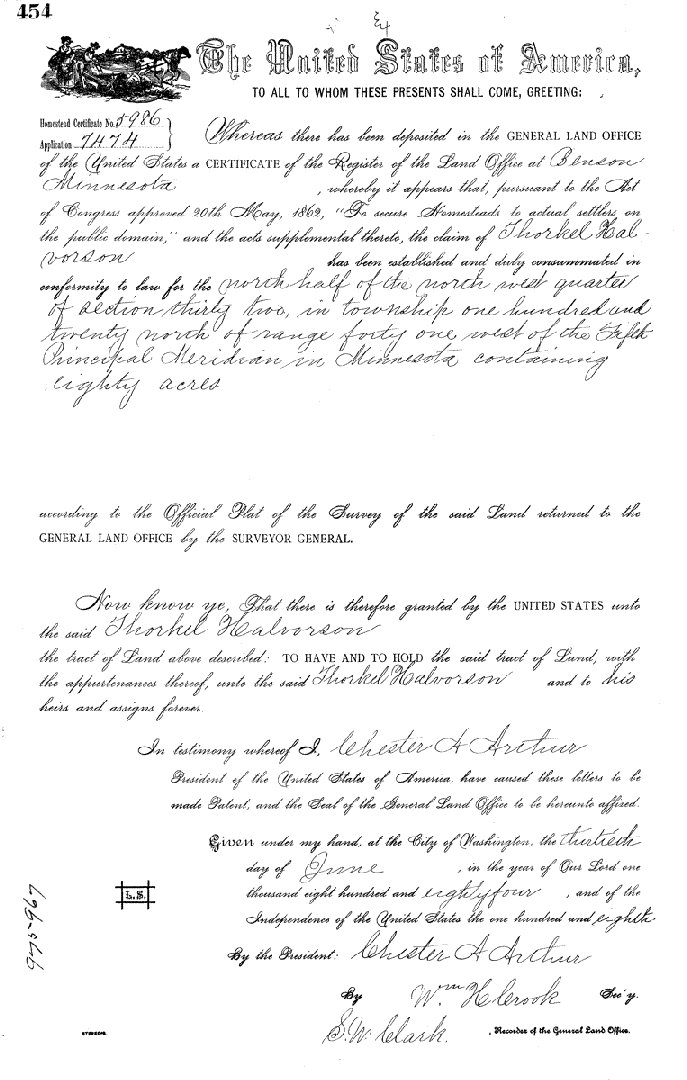At first I was not sure which relative I wanted to feature for
52 Ancestors Week 12, "Same." But then I read Schalene Dagutis Jennings'
Week 12 post about her relative who wrote a book on one of her ancestors and his descendants. I have a relative who did the same thing: Alpha Madeline Boe, my
maternal grandfather's first cousin.
Alpha Madeline Boe was born on 12 November 1901 in Swift County, Minnesota. She was the daughter of Hans Adolph Boe (the brother of my great-grandfather
John Boe) and Unni (or Eunice) Severina Saterlie. In 1905, she and her family lived on the Saterlie farm in Milan, Chippewa County, Minnesota. The family then moved to Williston, Williams County, North Dakota. In 1915, the family moved to Arnegard, McKenzie County, North Dakota. Alpha attended high school in Williston; she graduated from Williston High School in 1919. Alpha was enumerated twice in the 1920 United States census: once with her parents and siblings in St. Louis, Missouri, and once in Arnegard, as a boarder in the home of Walter and Josephine Robb. In both censuses, she was listed as a school teacher. She and her father were both listed in the 1920 Little Rock, Arkansas city directory as well. She taught intermediate grades for three years in Arnegard. She also taught in Montana.
She married Melvin Brodshaug in Arnegard on 27 December 1927. In 1928, the couple moved to New York City, where Melvin studied at Columbia University and received his Ph.D. Alpha worked at B. Altman and Co. and taught at Altman Continuation School. She and Melvin had two daughters.
Melvin worked for Erpi Classroom Films, which became Encyclopedia Britannica Films. Erpi moved from New York to Wilmette, Illinois in 1945. Alpha was on the Board of Deaconesses of the Congregational Church in Wilmette.
The family moved to Boston, Massachusetts in 1954, when Melvin became the Dean of the School of Public Relations, Boston University. Alpha was on the Council of the
Old South Church. She did volunteer work at Boston City Hospital as a member of the
Rotary Anns. She was a member of the
Boston University Women's Council. She was a board member of the
Boston University Women's Guild.
The Brodshaugs moved to Virginia for five years in the mid-1960s, after Melvin retired and became a communications consultant for Norfolk State College. They then moved back to Massachusetts and lived in Harwich Port, Barnstable County, on Cape Cod. Alpha and Melvin went into the production of educational sound filmstrips. Alpha belonged to the Pilgrim Service League of the Congregational Church in Harwich Port.
In 1973, Alpha and Melvin traveled to Bø, Telemark, Norway, where her (and my grandfather's) paternal grandparents had been born. They met with the local genealogist, Johannes Saga. They traveled to Bø again in 1976, along with one of their daughters and three of their grandchildren. They visited the house where her (and my grandfather's) grandfather and his ancestors had been born. They also visited the Otterholt house, where her (and my grandfather's) grandmother had lived.
Alpha and Melvin compiled the book
Boe (Bø) and Halvorson-Otterholt; Shared Roots in Telemark, which was published in 1984. The book contained information about the ancestral families of her (and my grandfather's) paternal grandparents,
Jorgen Boe and Aaste Halvorsdatter Otterholt, and also covered their descendants. Alpha and Melvin contacted family members and requested information. I remember providing information about myself for the book. I was in high school at the time. Although I did not start researching my family history until later, when my family received our copy of the book, I read it and was fascinated.
Alpha and Melvin compiled another book on her mother's side of the family: Saterlie – Fedje: Common Roots in Sogn. It was published in 1986. Melvin also published additional works on his family.
Alpha died on 4 December 1997. Her husband Melvin had died nine years earlier, on 18 May 1988.
In the acknowledgements at the beginning of Boe (Bø) and Halvorson-Otterholt; Shared Roots in Telemark,
Melvin and Alpha wrote "Hopefully, some one will pick up the challenge
and extend this genealogy both in breadth and depth." I think they would
be pleased that I have continued to research the family.
Keiter Directory Co.'s Williston City and Williams County, North Dakota Directory, 1918-1919. Norfolk, Nebraska: Keiter Directory Co. Available from
Ancestry.com. U.S. City Directories, 1821-1989 [database on-line]. Provo, UT, USA: Ancestry.com Operations, Inc., 2011. Alpha was living apart from the rest of her family while she attended high school.
References
Boe (Bø) and Halvorson-Otterholt; Shared Roots in Telemark.
Compiled by Melvin and Alpha M. (Boe) Brodshaug, 1984. Published by
Arlene (Boe) Christensen and Marjorie (Boe) Bergee. Printed by Anundsen
Publishing Co., Decorah, Iowa.
Rural Cass County: The Land and People. West Fargo, ND: Cass County Historical Society, 1976.

